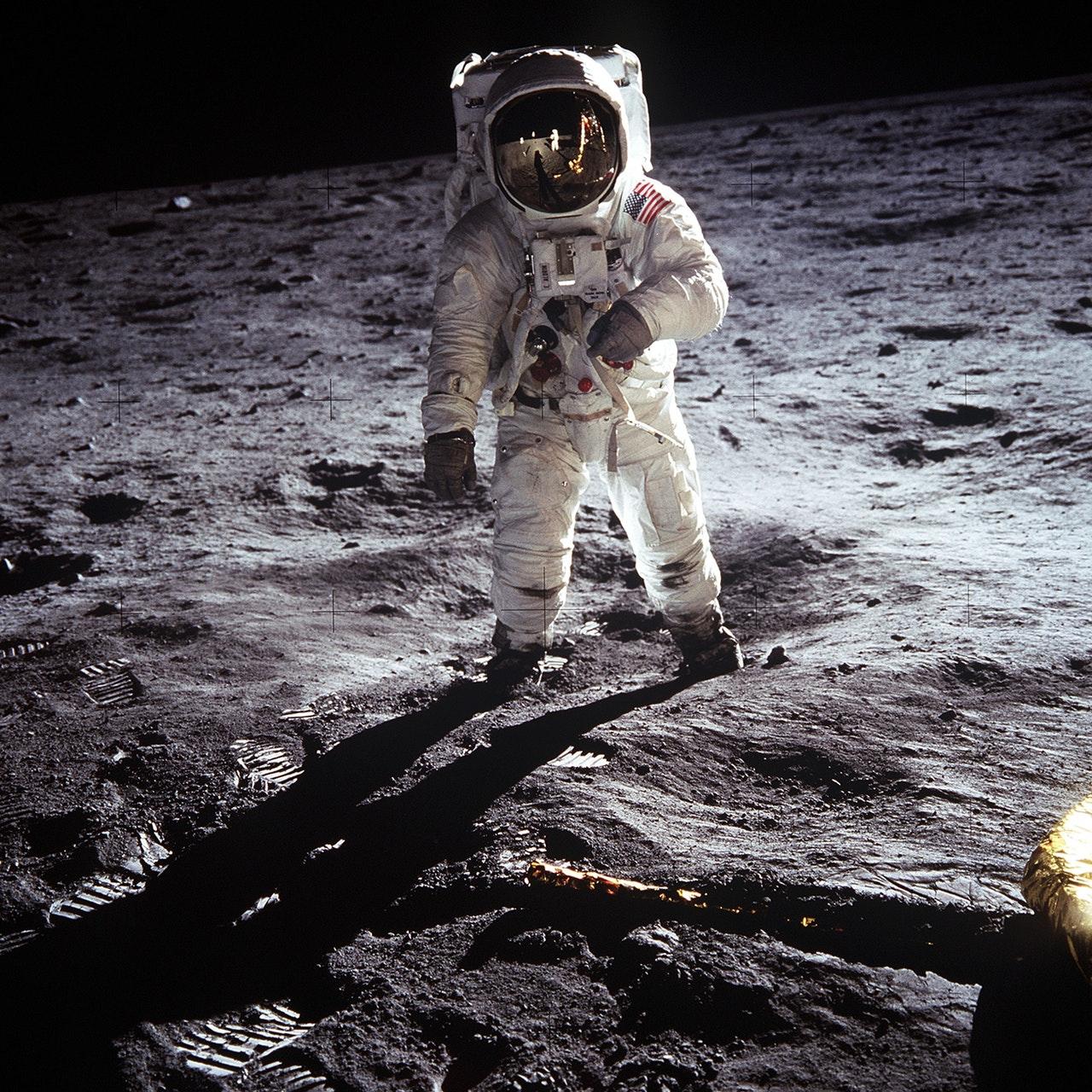Female astronaut exploring the moon by 2024, says Nasa
Artemis is a stepping stone to landing men and women on Mars.
Just In
The US is going back to the moon for the first time since 1972, and Nasa plans to include a female astronaut among the moon walkers in 2024.
The new lunar programme, named Artemis, has several phases, the first of which will see an uncrewed flight around the moon in late 2021 to test critical systems.
In the early days of space exploration space probes without humans on board were referred to as “unmanned” but from now on will be called the more gender-neutral “uncrewed”.
The complete Artemis programme will cost US$28 billion, US$3.2 billion of which still needs to be approved by Congress.
But it seems that all systems are go.
Nasa administrator Jim Bridenstine said, “We’re going back to the moon for scientific discovery, economic benefits, and inspiration for a new generation of explorers.”
He also indicated Nasa has a longer-term aim of carrying out crewed landings on Mars.
“As we build up a sustainable presence, we’re also building momentum toward those first human steps on the red planet,” he said.
In preparation for Artemis, new probes will be sent to the moon by Nasa – with two a year planned from next year.
In 2024, Artemis-3 will take astronauts to the south pole of the moon.
They will wear modern spacesuits which will give them much more flexibility than the bulky old suits we saw in photos of earlier lunar astronauts as they jumped around weighing only 17% of their Earth weight.
The modern-day astronauts will spend seven days on the lunar surface collecting samples and carrying out various experiments before returning to Earth.
Nasa plans to build a base camp on the lunar surface before 2030 to enable longer expeditions with larger crews.
The Artemis programme also hopes to extract resources from the lunar surface to create other usable resources such as oxygen and fuel.
Artemis was the Greek goddess of the moon, the hunt, the wilderness, wild animals and chastity. Her Roman equivalent was Diana.
Subscribe to our newsletter
To be updated with all the latest news and analyses daily.
